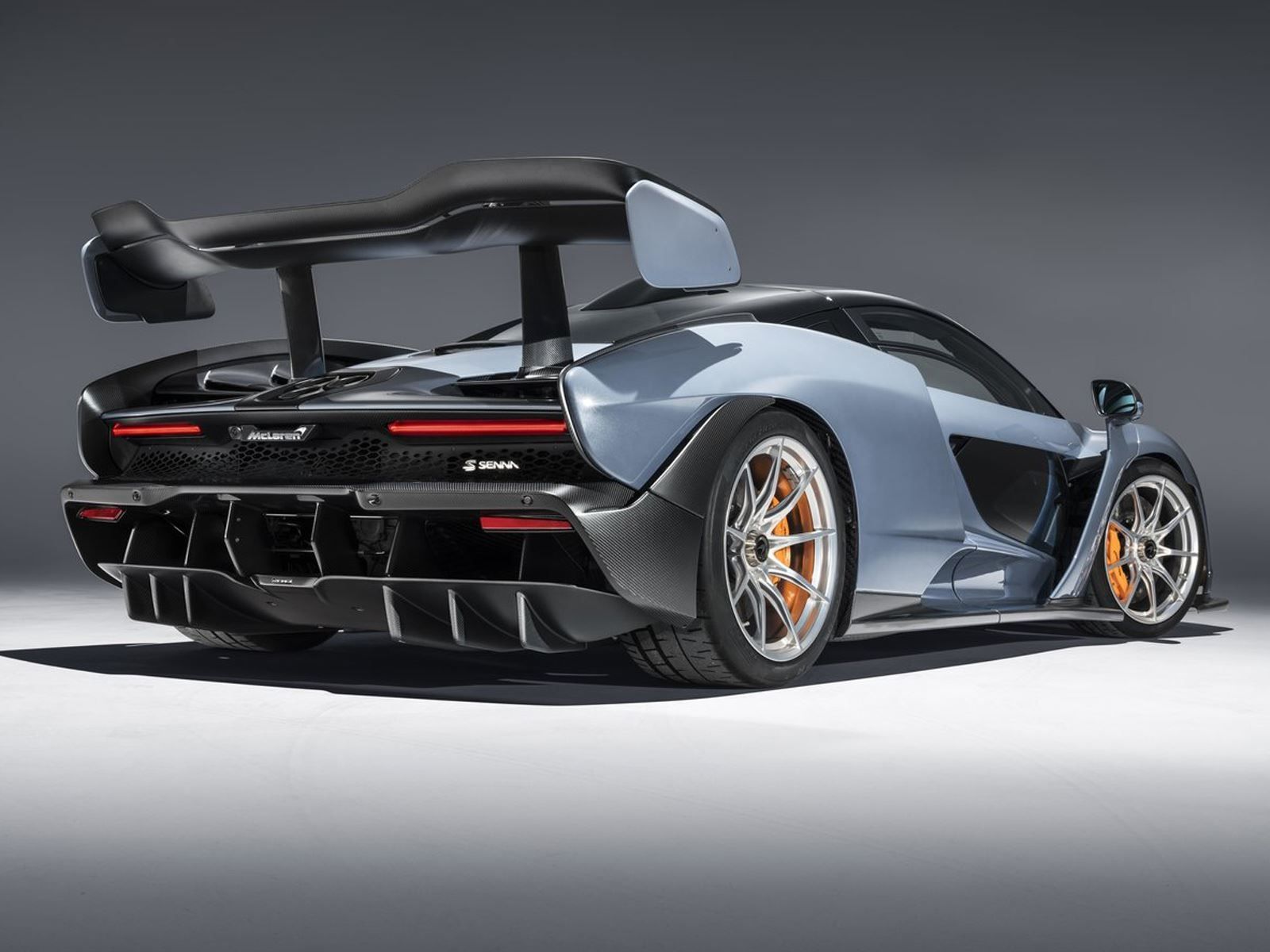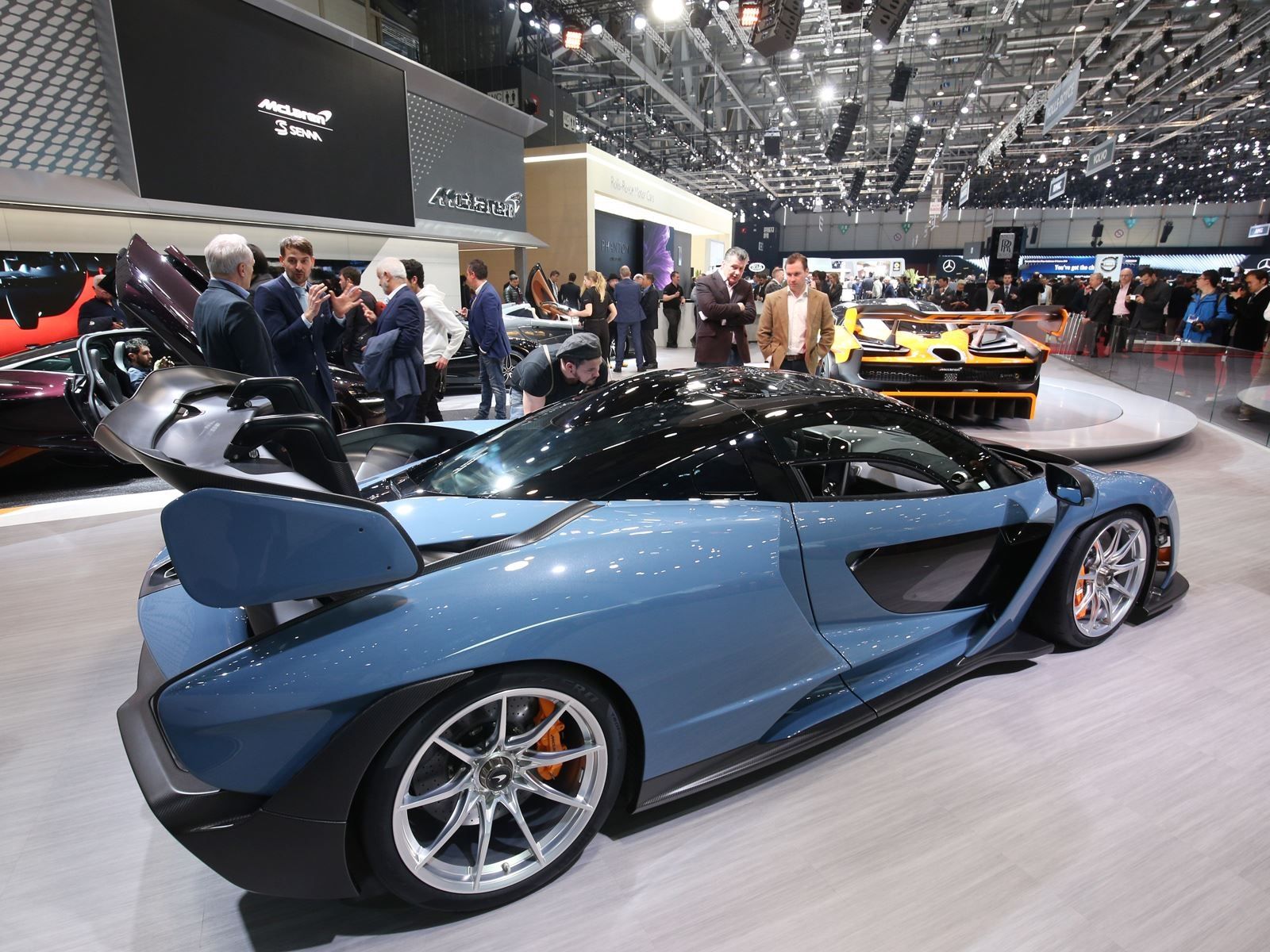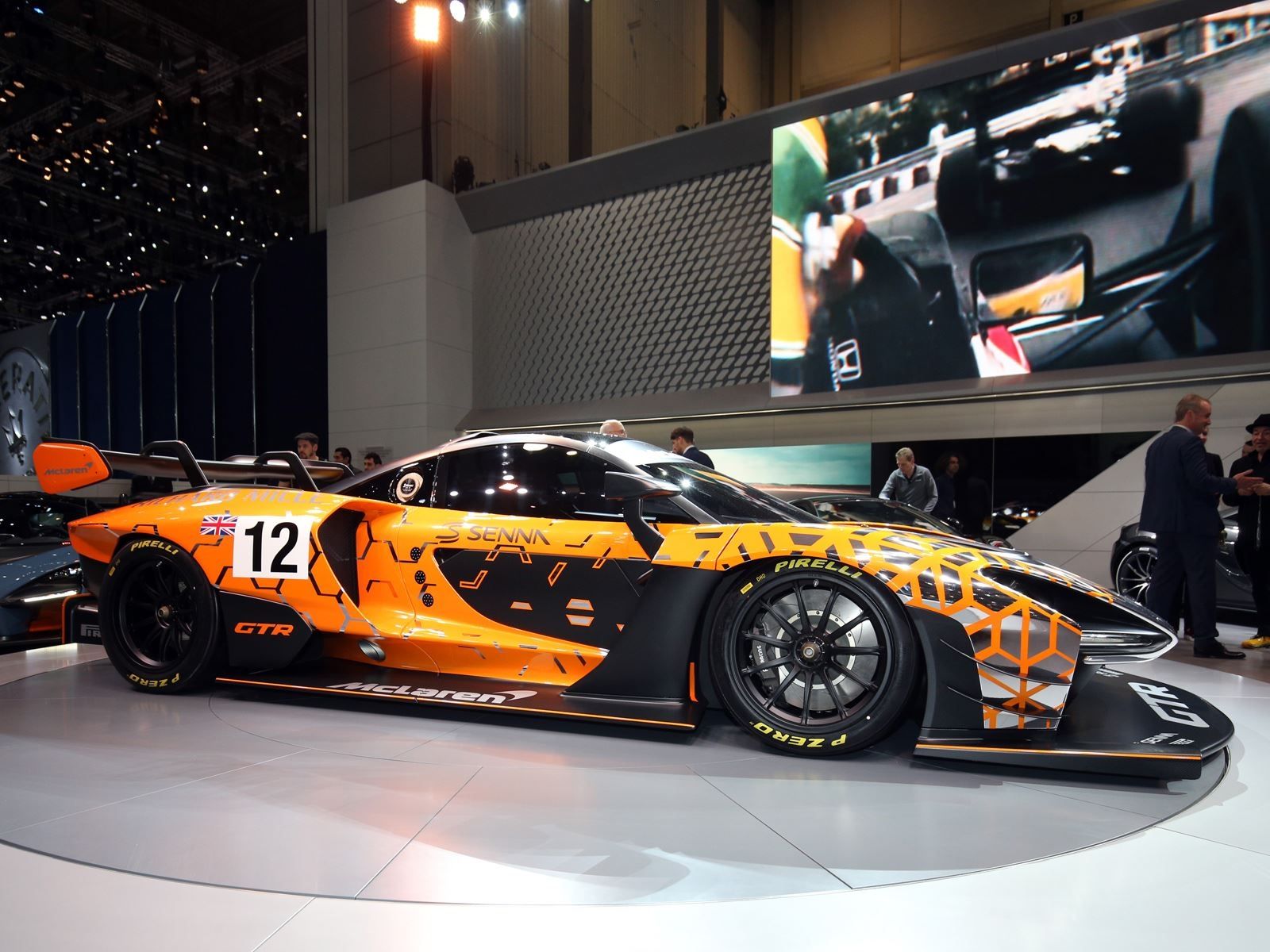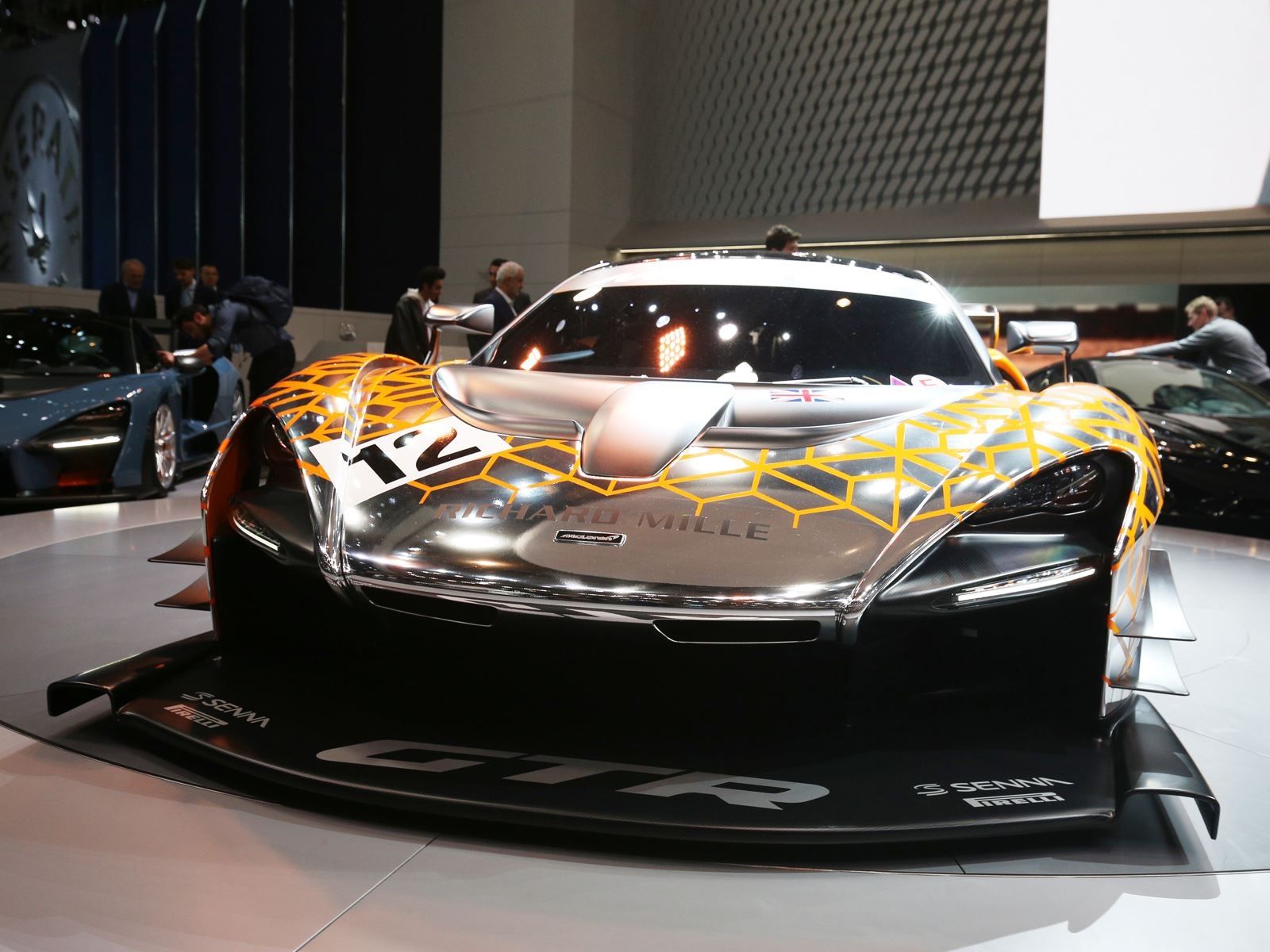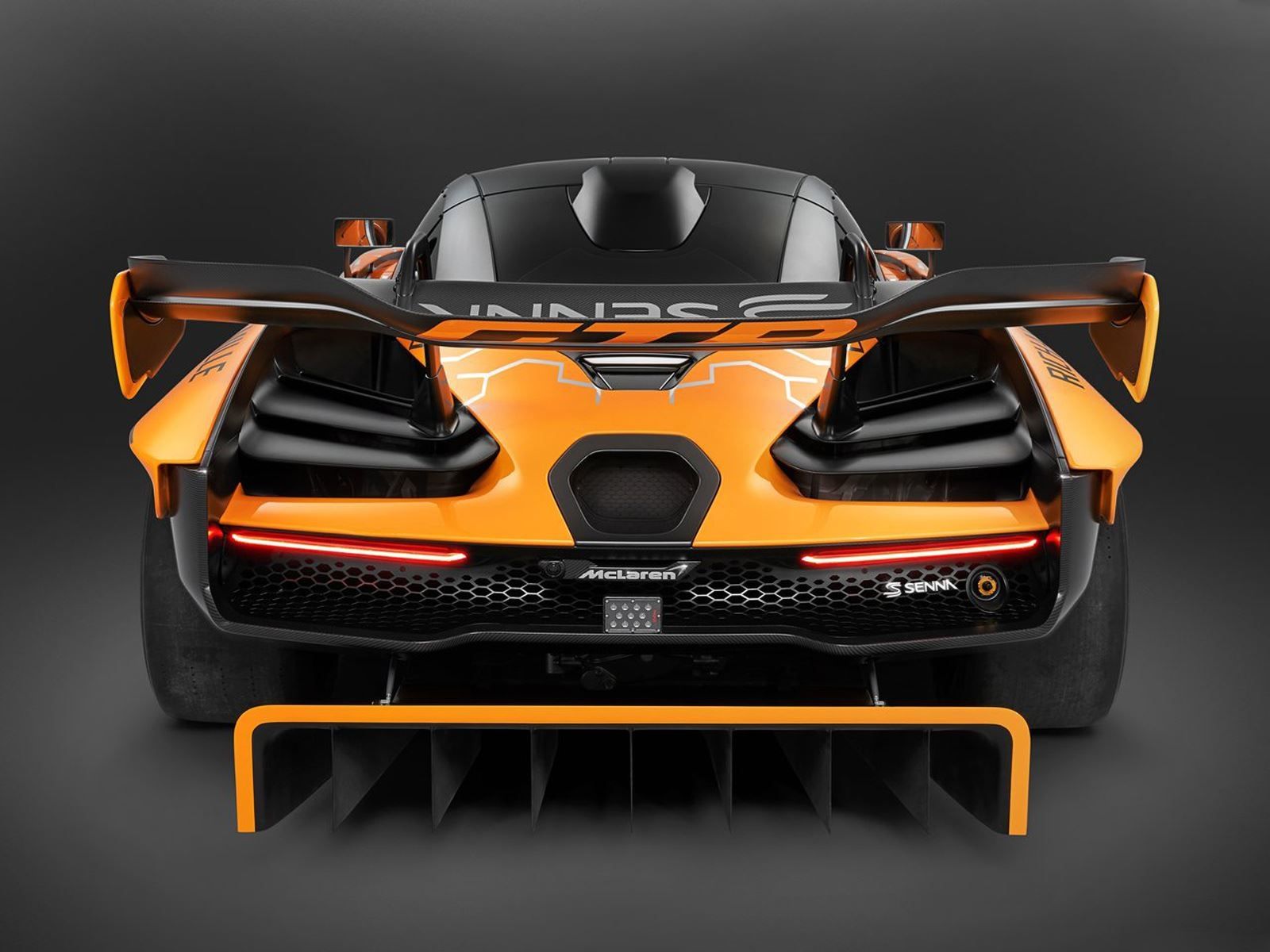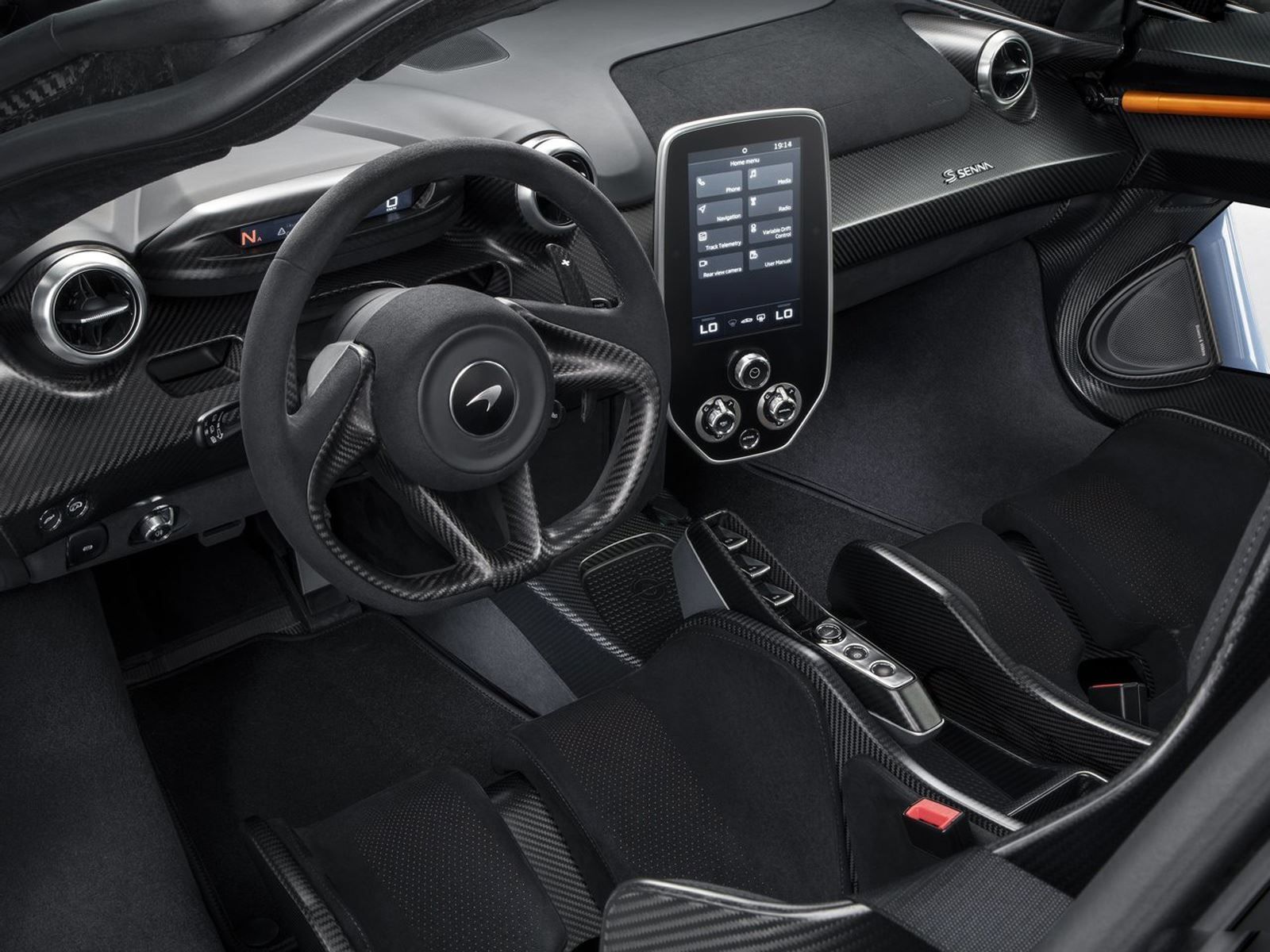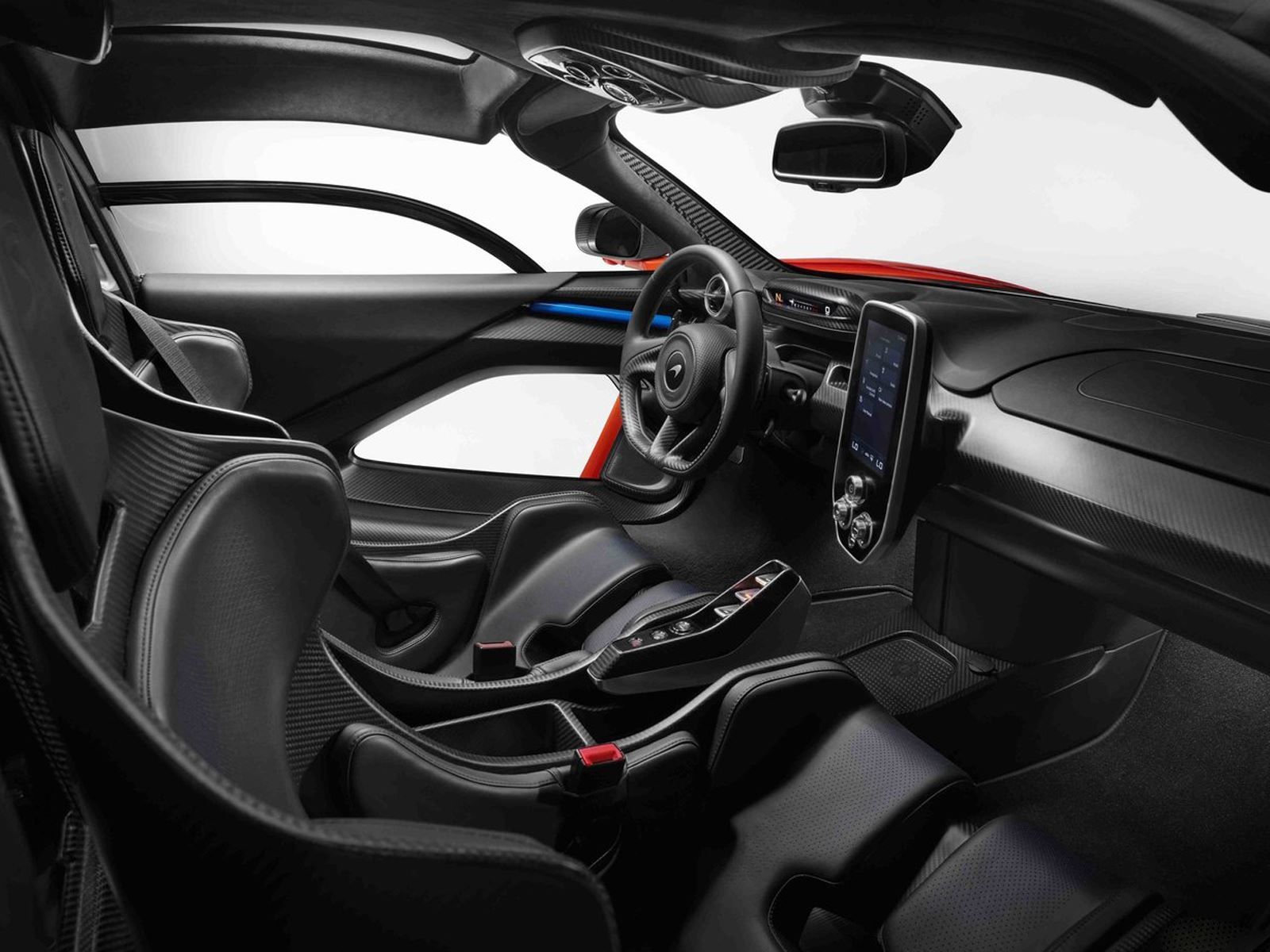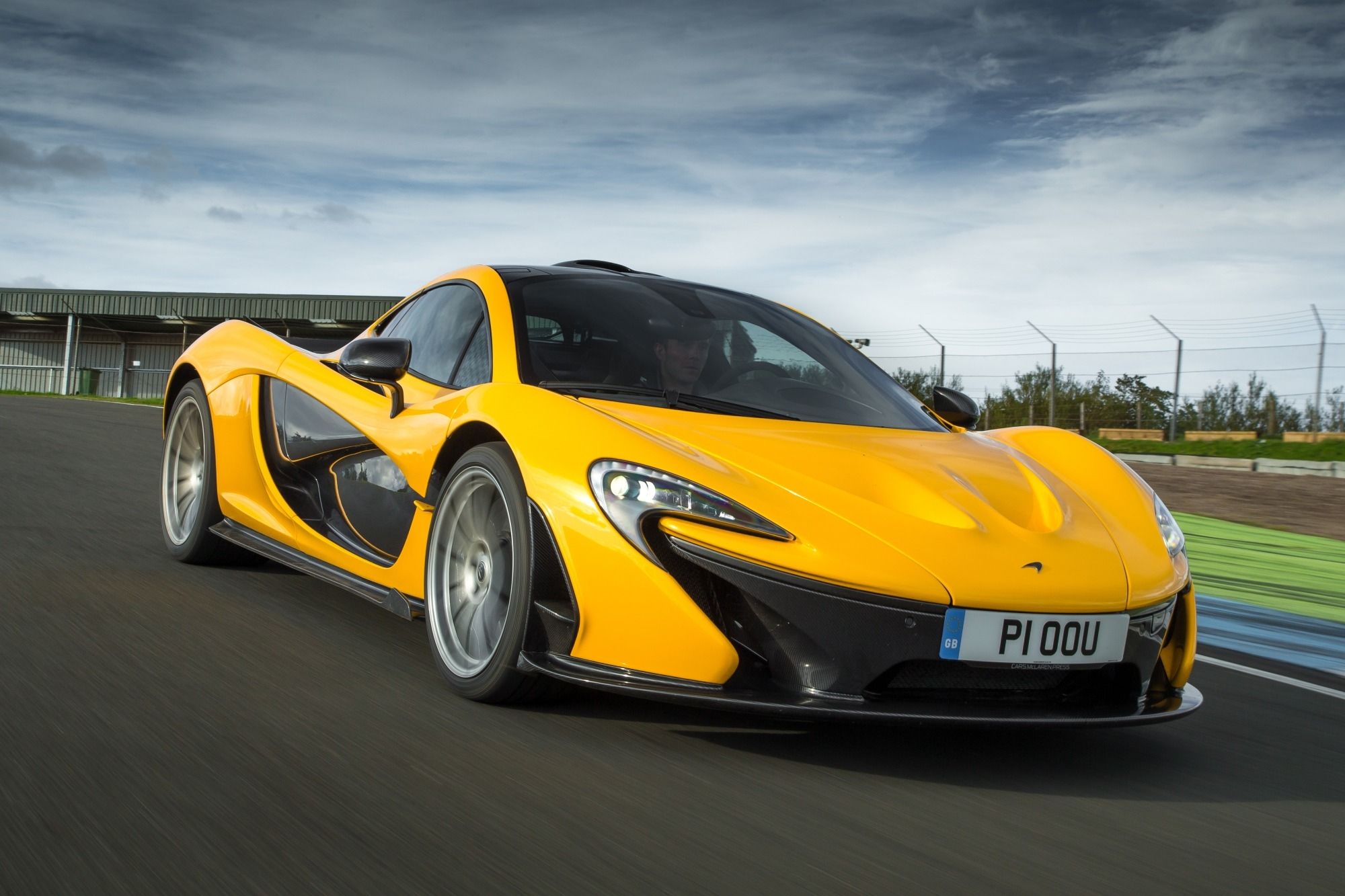
McLaren has made no secret its intentions to advance electrification and battery technology to, one day, offer a pure EV supercar/hypercar. While Rimac may have that market nearly all to itself at the moment, there's a very good reason why McLaren has yet to take the plunge. Speaking to Motor 1 at last month's Beijing Motor Show, McLaren Executive Director for Global Sales Jolyon Nash explained that, at the moment, a pure electric McLaren simply isn't possible based on the firm's own high standards.
"We're running a project development prototype electric vehicle," Nash said. "We need to understand how an EV can possibly deliver a McLaren driving experience that's visceral and true to its DNA." As we've long known, McLaren has a goal for 50 percent of its vehicles to have hybrid powertrains by 2022. But there's quite a big difference between hybrids and pure EVs in terms of what makes a McLaren a McLaren. "With battery technology as it is today it can't happen – there's a binary choice between battery power that gives you torque and top speed but very limited range versus great range and limited performance," Nash explained.
"A high percentage of our customers take their cars on track and they want at least 35 minutes around a track before they stop and have to put some fuel in. If we had an EV it would have to perform at that level. Only when the technology can provide a true McLaren driving experience will we build an EV." Nash, as well as the rest of McLaren, understands the problem with EV tech at the moment because company engineers have already performed experiments, one of which was a hypothetical situation where the new Senna was an EV. "If the Senna was an EV, to deliver the same performance it would weigh 2,000 kilograms (4,409 pounds). That's not a McLaren." For the record, the Senna has a dry weight of just 2,641 pounds.

